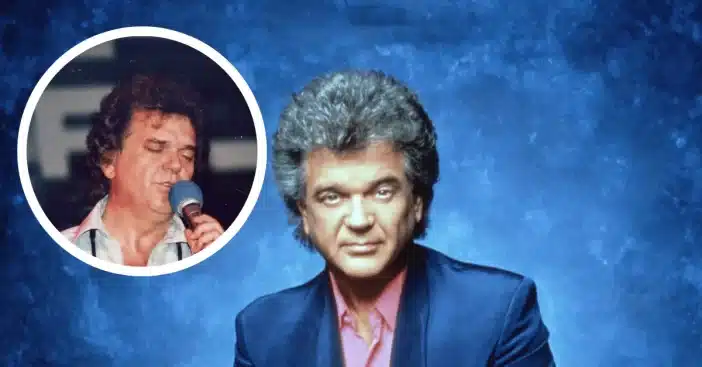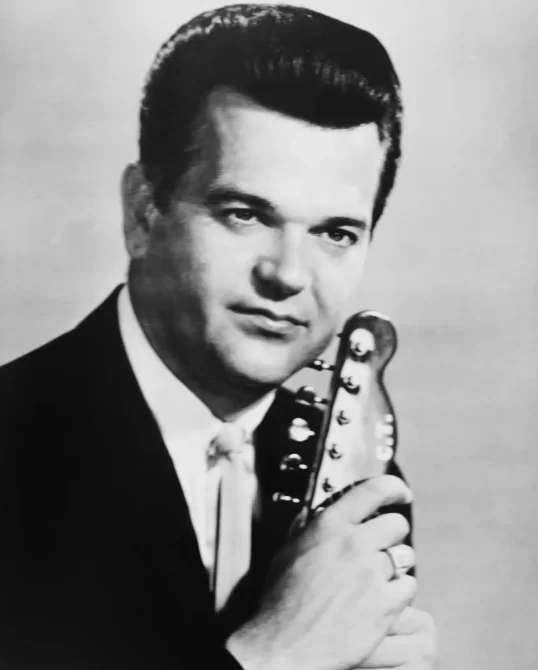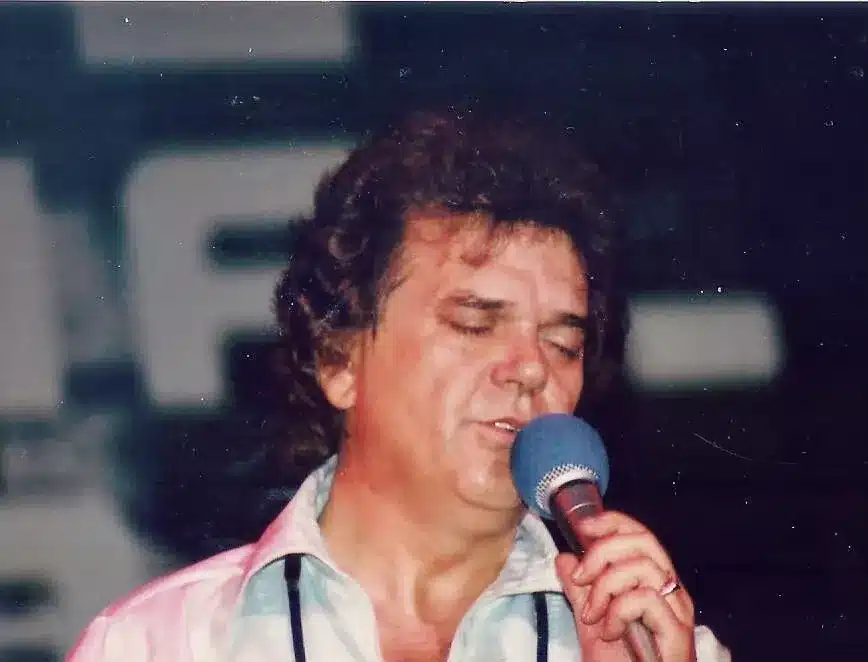
Conway Twitty had the voice and the talent to dominate the charts, having recorded one of the all-time greatest country classics, “Hello Darlin.” However, he experienced a tough beginning in the entertainment industry, as it proved challenging for him to be noticed.
He soon realized that if he were to stand a chance for true fame, he needed a stage name. Unlike today’s stars, who brainstorm with marketing departments to come up with names, Twitty employed a different method, and he was right. It turned out that adopting a new name was the first step in creating his legendary career.
What was Conway Twitty’s real name?

Twitty’s real name is Harold Jenkins, and he knew early enough that his name simply did not compare to that of the likes of Elvis Presley. Radio stations of the ’50s would get stacks of records and decide what to play and what not, and Twitty believed a good name would give him an advantage over the competition.
When he promoted his album, Old Lonesome Road, on The David Letterman Show in 1989, he explained that he wanted a name that would ring a bell with radio DJs as they sifted through their stacks of new records. If his moniker caught their attention, his song would likely be played on air.
How did Conway Twitty select his stage name?
After searching everywhere, Twitty unfolded a map of the United States and started to scan it. Two locations interested him: Conway, Arkansas, and Twitty, Texas. He merged them, and there he got “Conway Twitty.”

After this change, his song, “It’s Only Make Believe,” went through the roof in 1958 and stayed number one on the Billboard chart for two weeks. The song’s popularity was a way to show that his strategy had worked. Twitty continued to dominate the charts with other hits, such as “Linda on My Mind,” “You’ve Never Been This Far Before,” and “Don’t Take It Away.”
